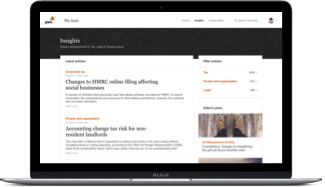In the previous article, we looked at the areas in which data analytics have revolutionised best business practice and now, the tax authorities are catching up. In the BRIC nations amongst many others, there is a trend towards pre-validating transactions before they can be invoiced and in many other countries SAF-T and other similar obligations are also being employed to widen the tax base. Indeed, working in partnership with dynamic software firms, tax authorities around the world are investing in large-scale digital tax compliance programs.
In addition to the above, the tax authorities are also looking to the future and have identified how they can exploit emerging technologies such as blockchain, where distributed ledger postings cannot easily be altered or deleted. The use of blockchain to prevent indirect tax fraud is a point of special interest and, while the methodological challenges are substantial, the theory is sound. Moreover, the very volume of data produced by analytics can offer substantial assistance in the fight against fraud, while the potential to monitor the flow of independently-verified financial data in real time could be critical for auditing purposes.
Of course, these obligations and technology alone – notwithstanding massive strides in robotics and machine learning – cannot provide all the solutions to the indirect tax challenges. For example, there continues to be a need to improve the structure and quality of tax-sensitive data: here, even the best technology will be useless if the data’s integrity or structure is compromised. Put simply, data problems will not disappear simply because we can access more data.


